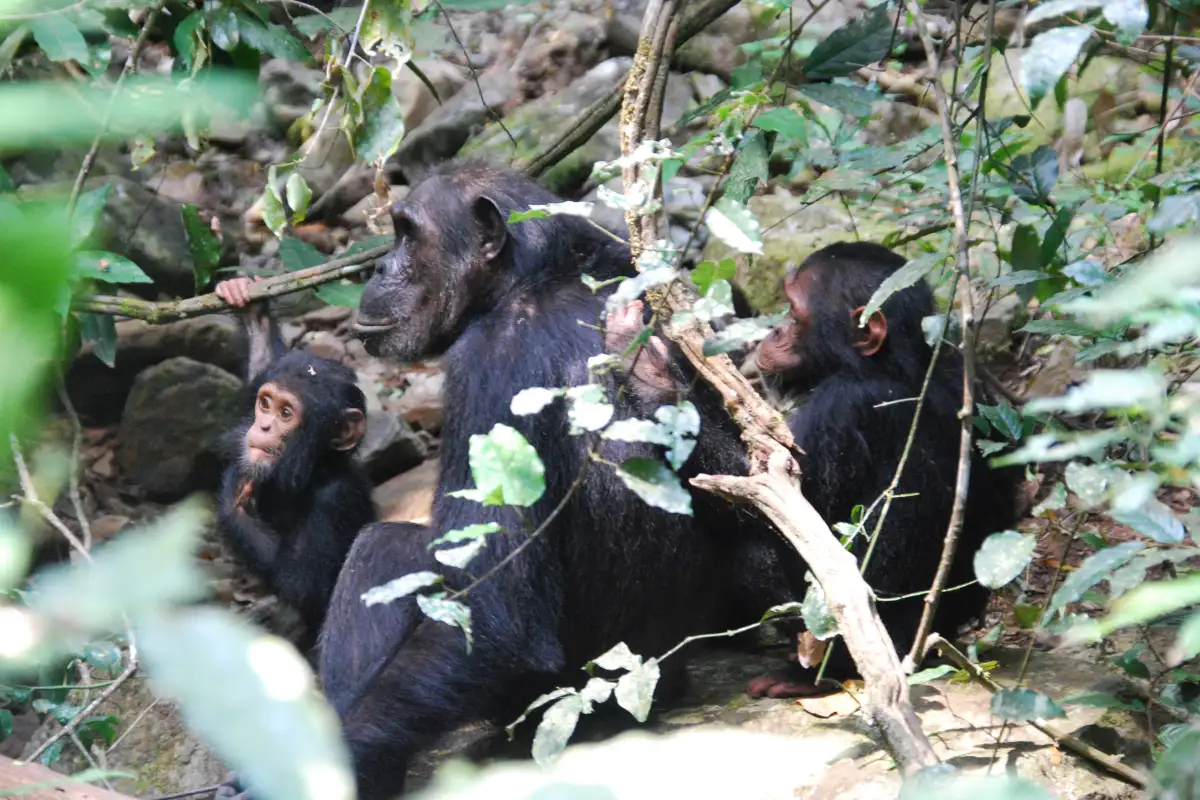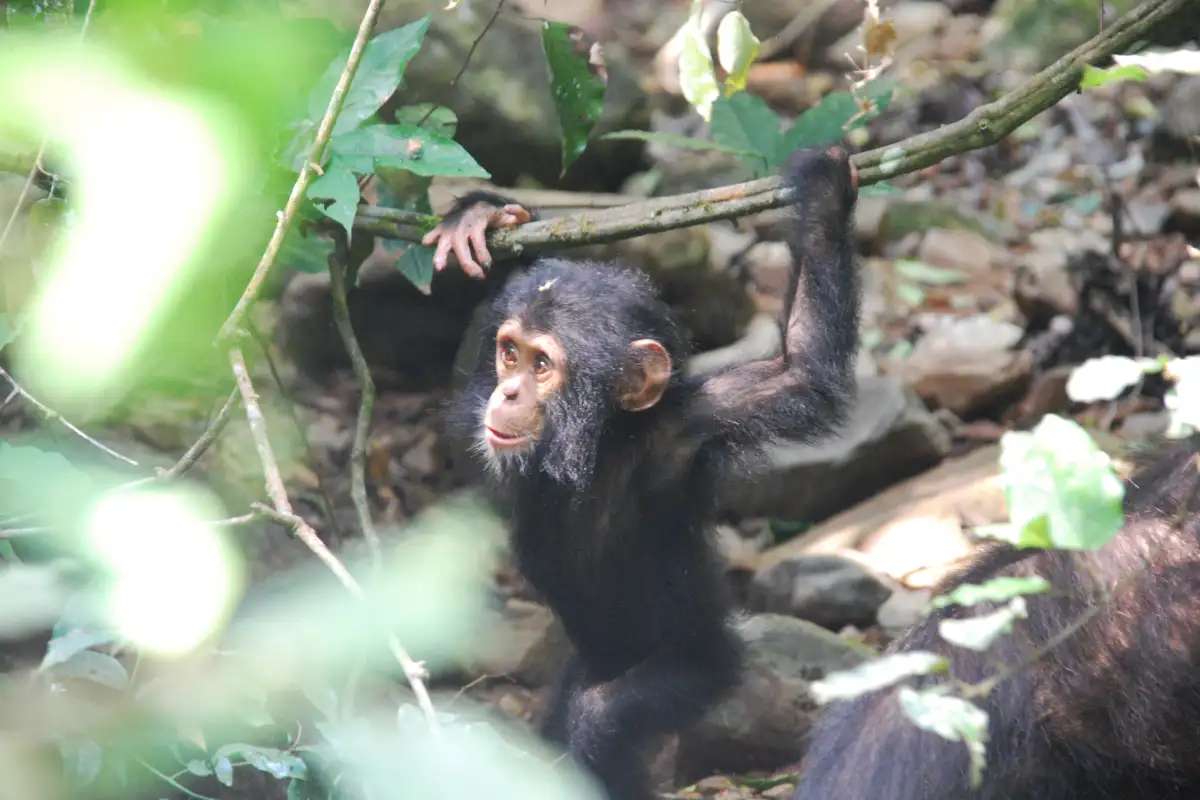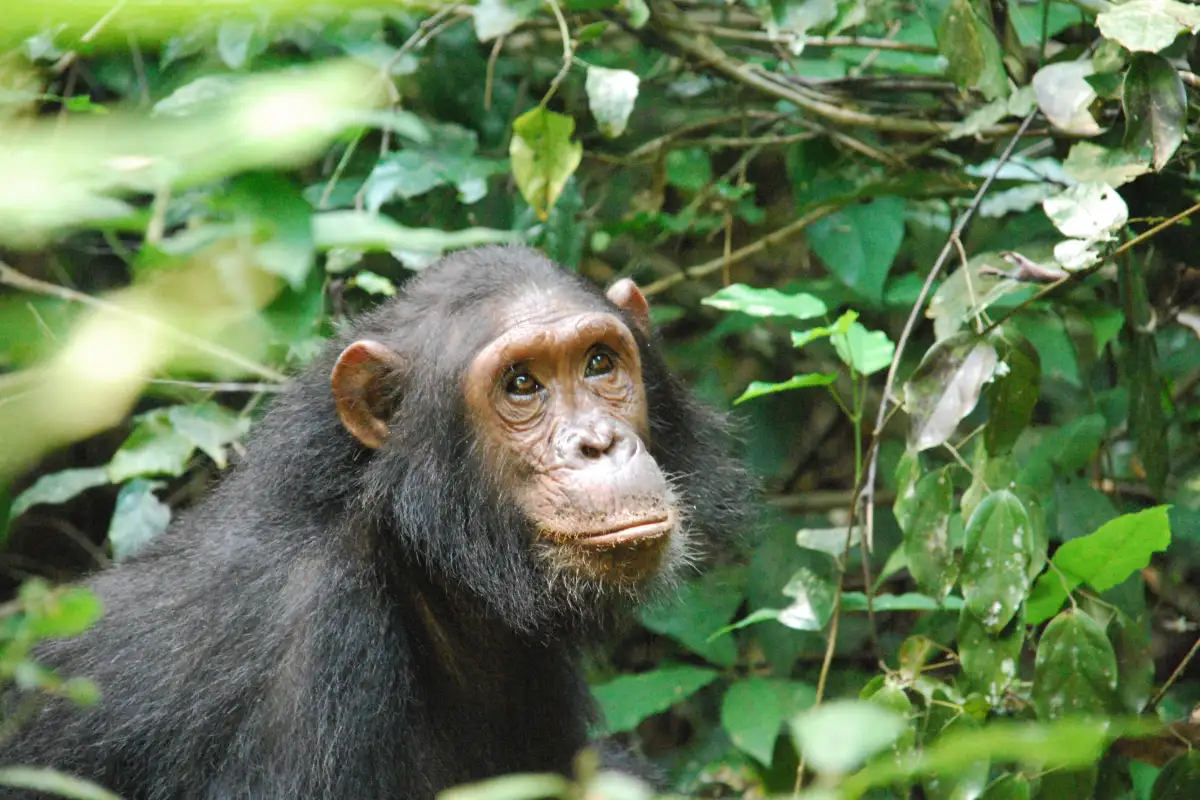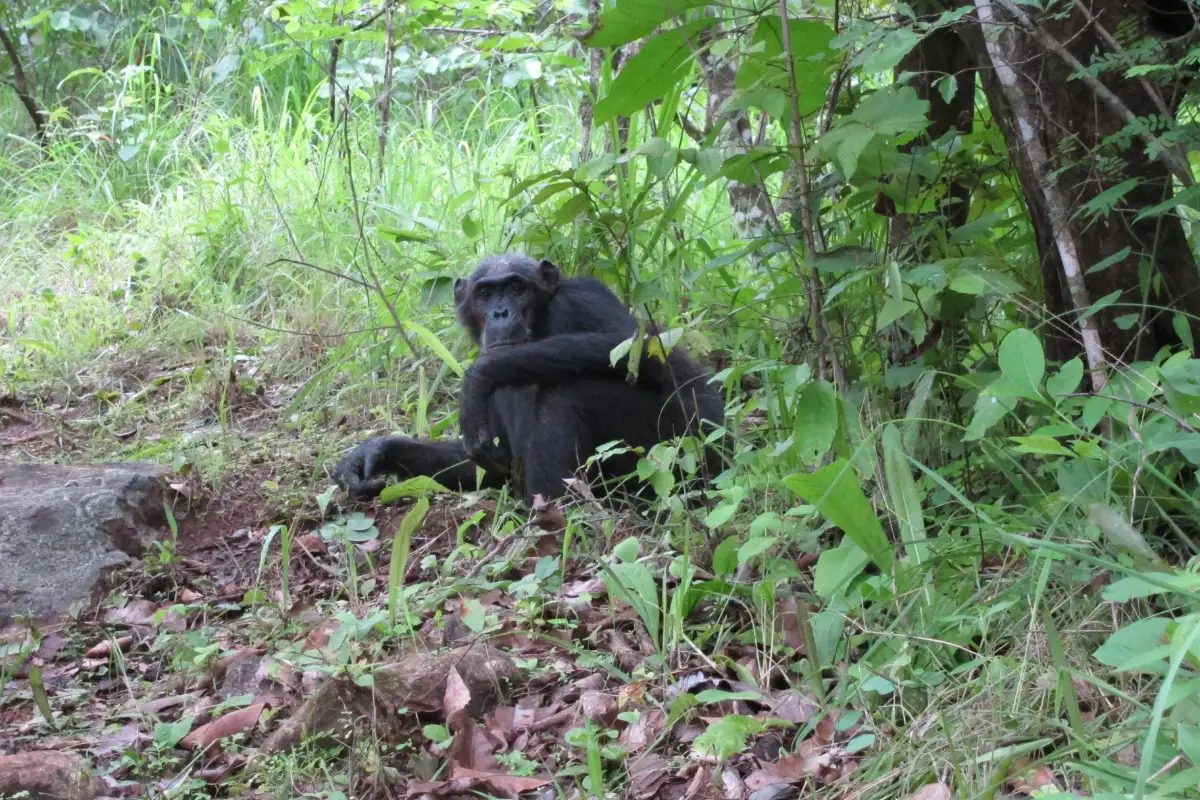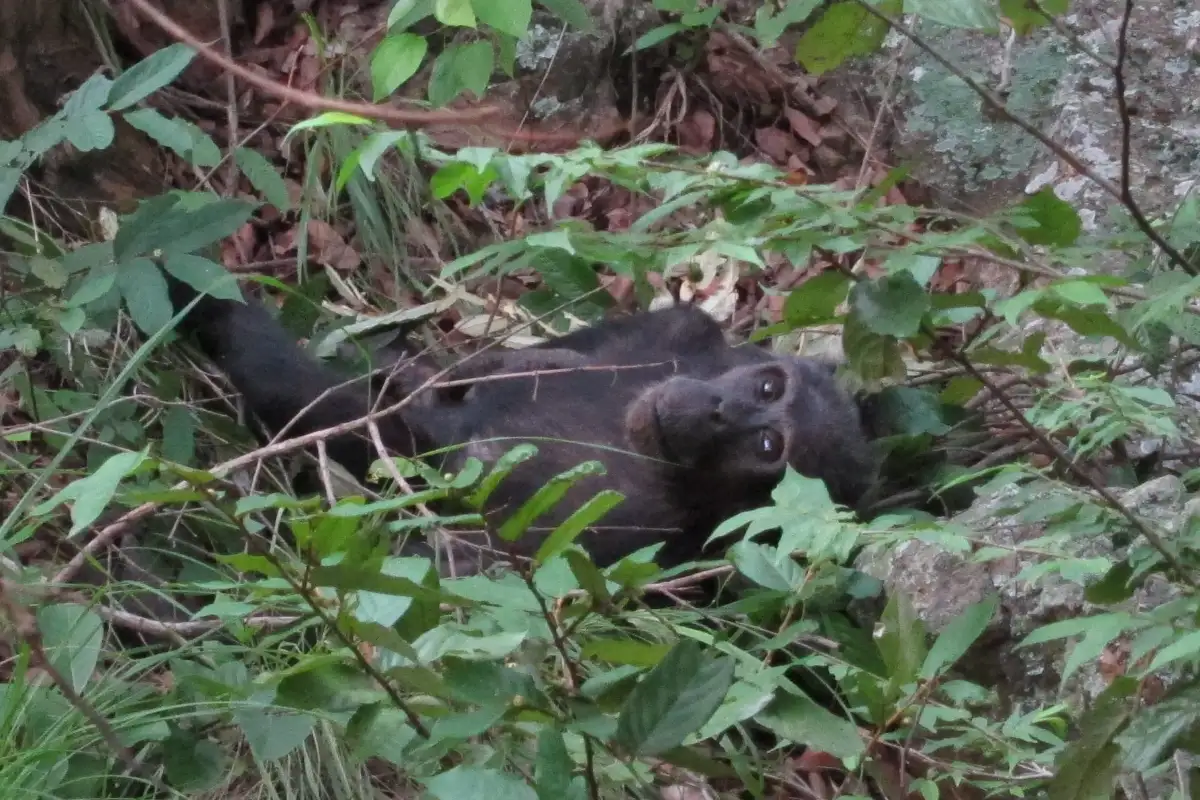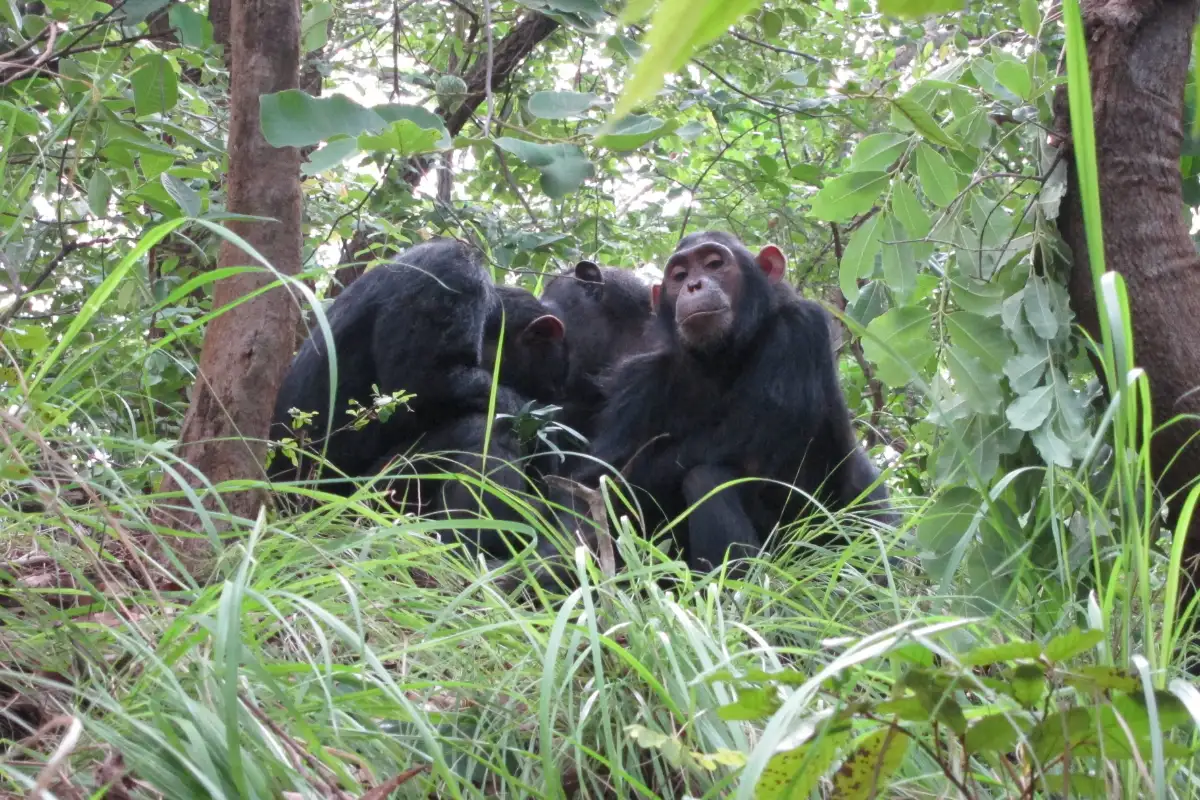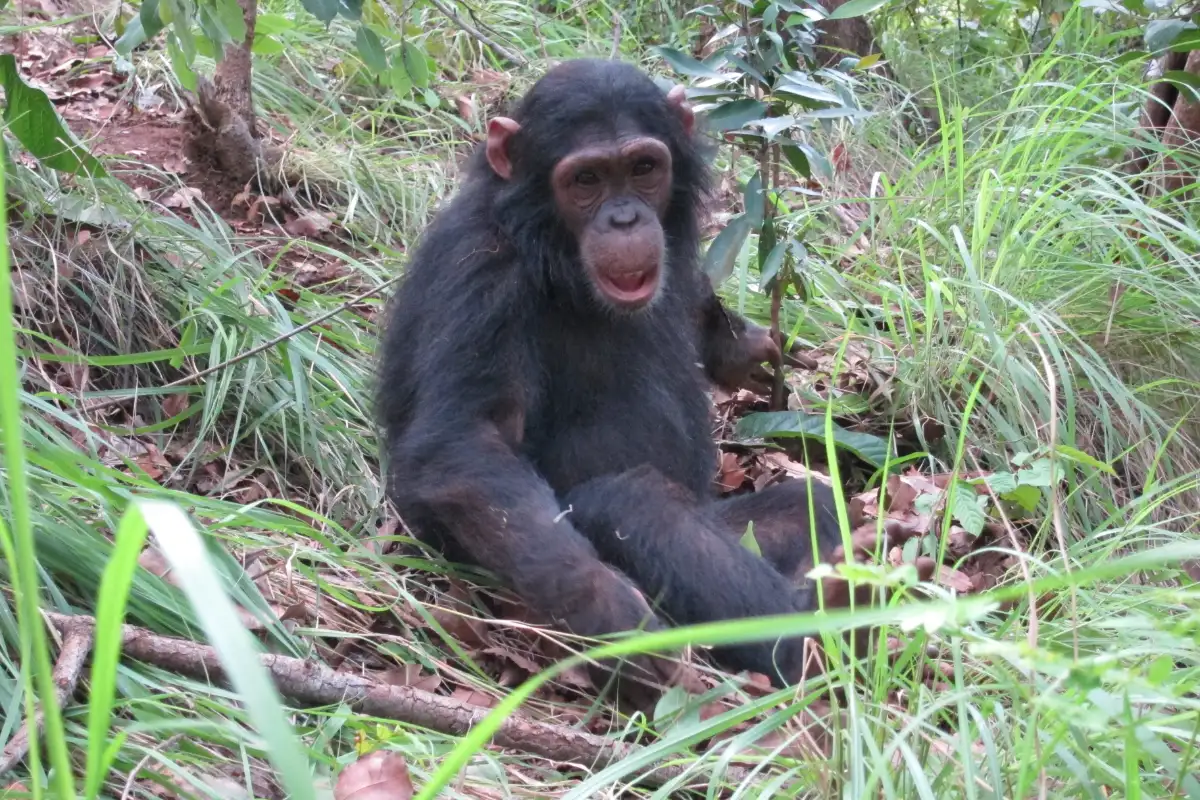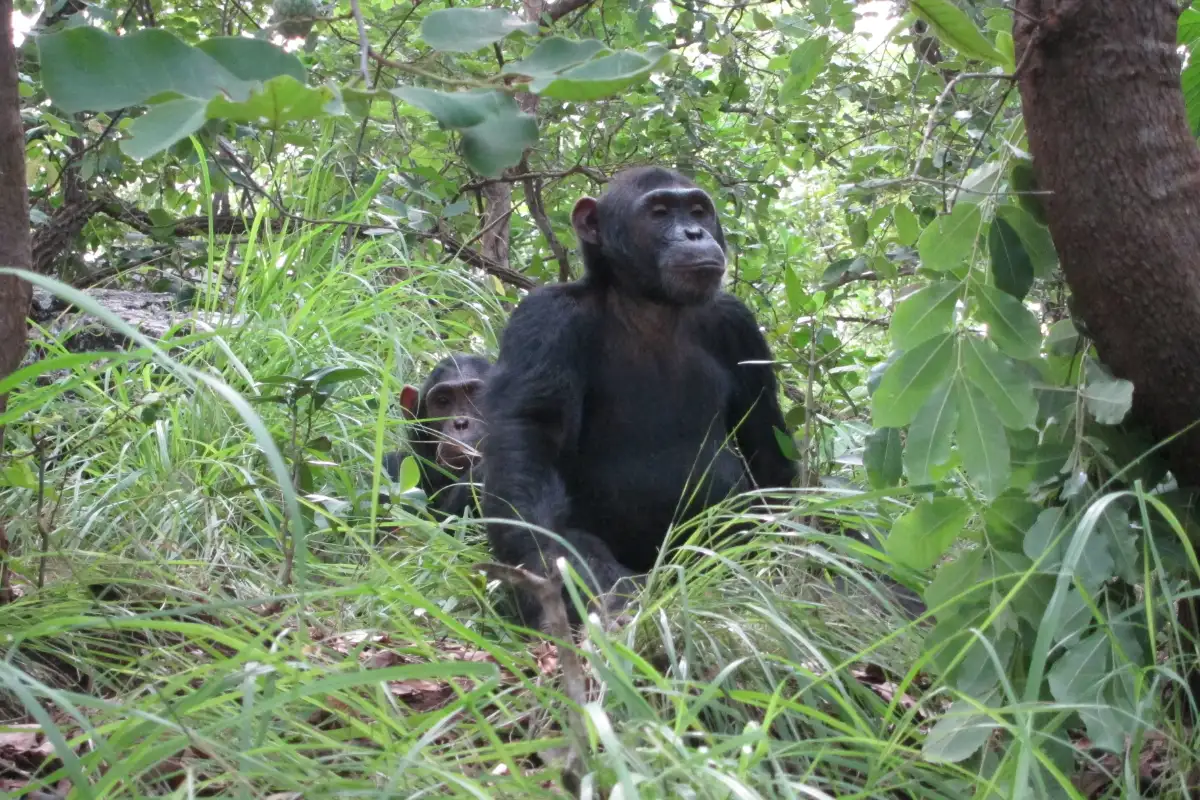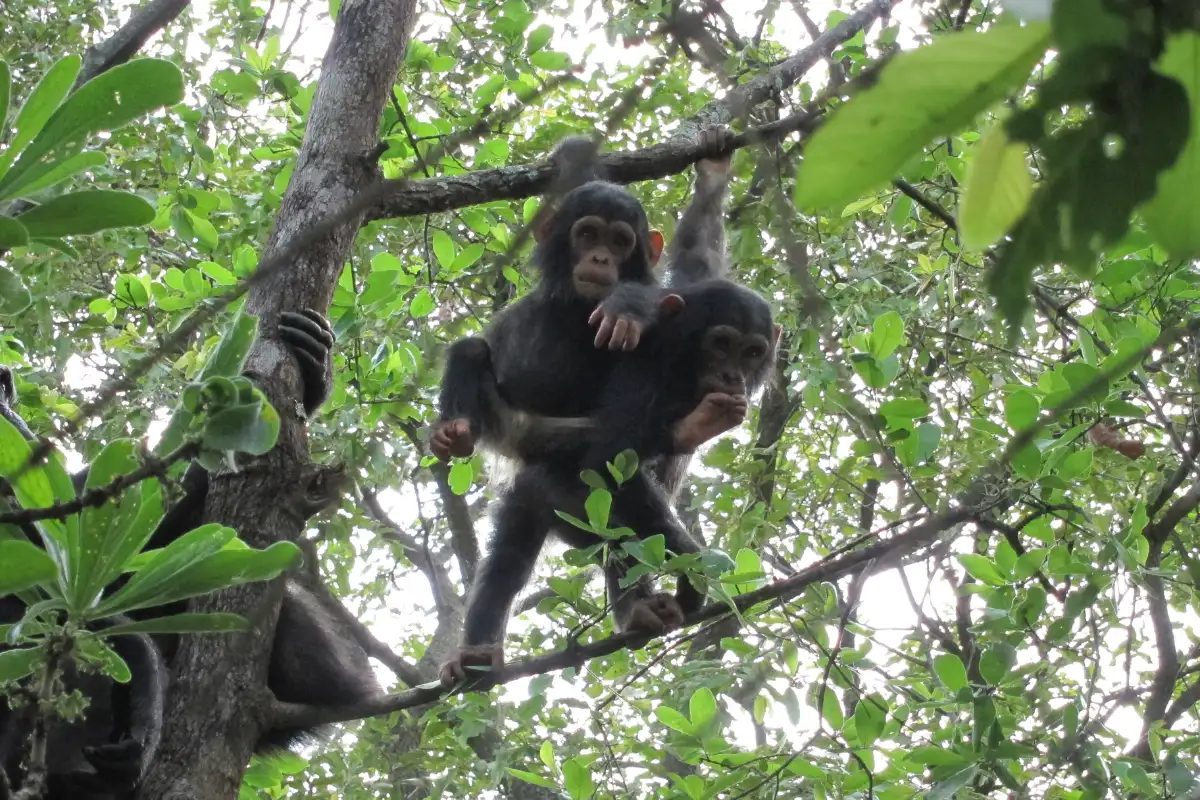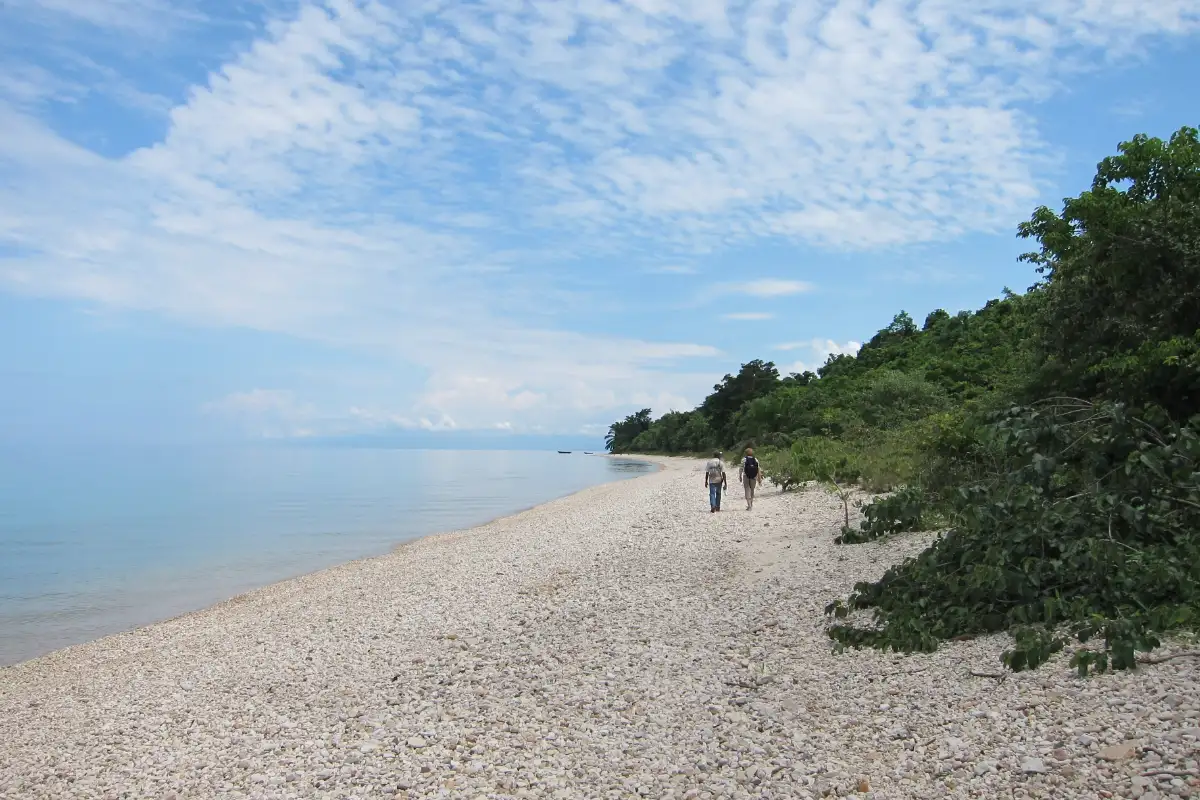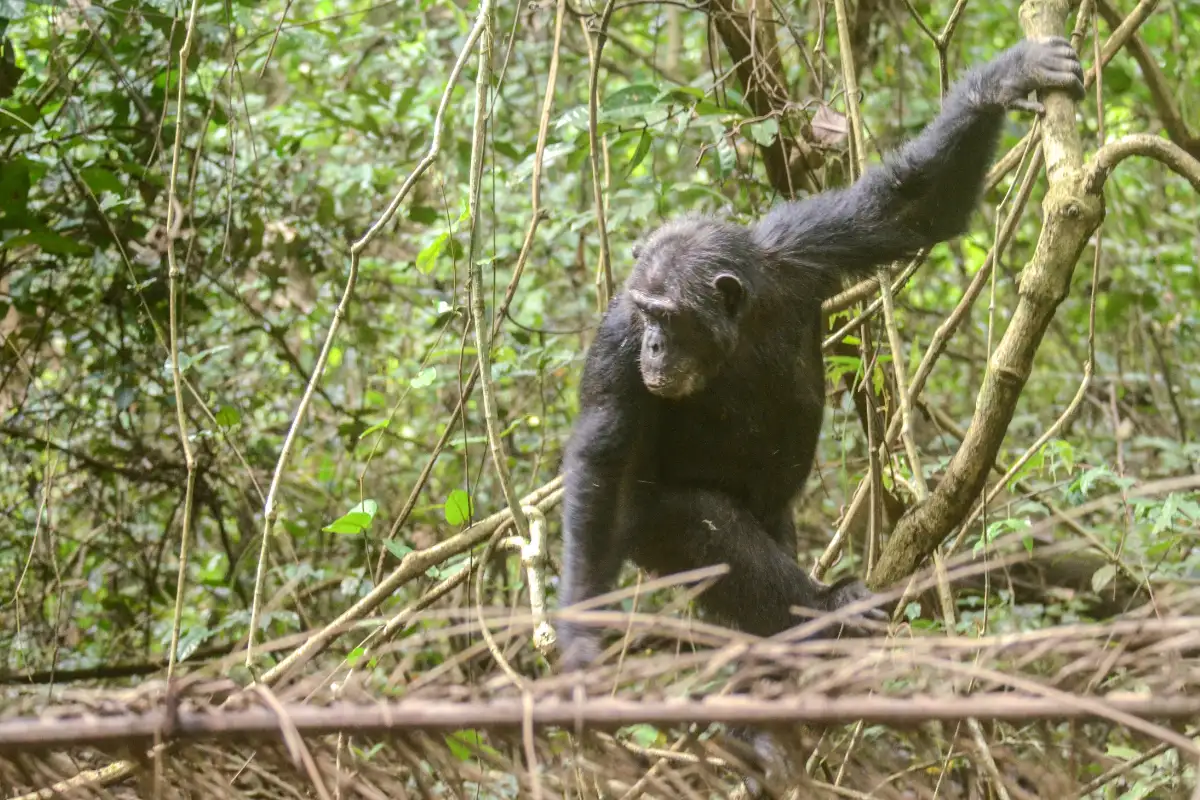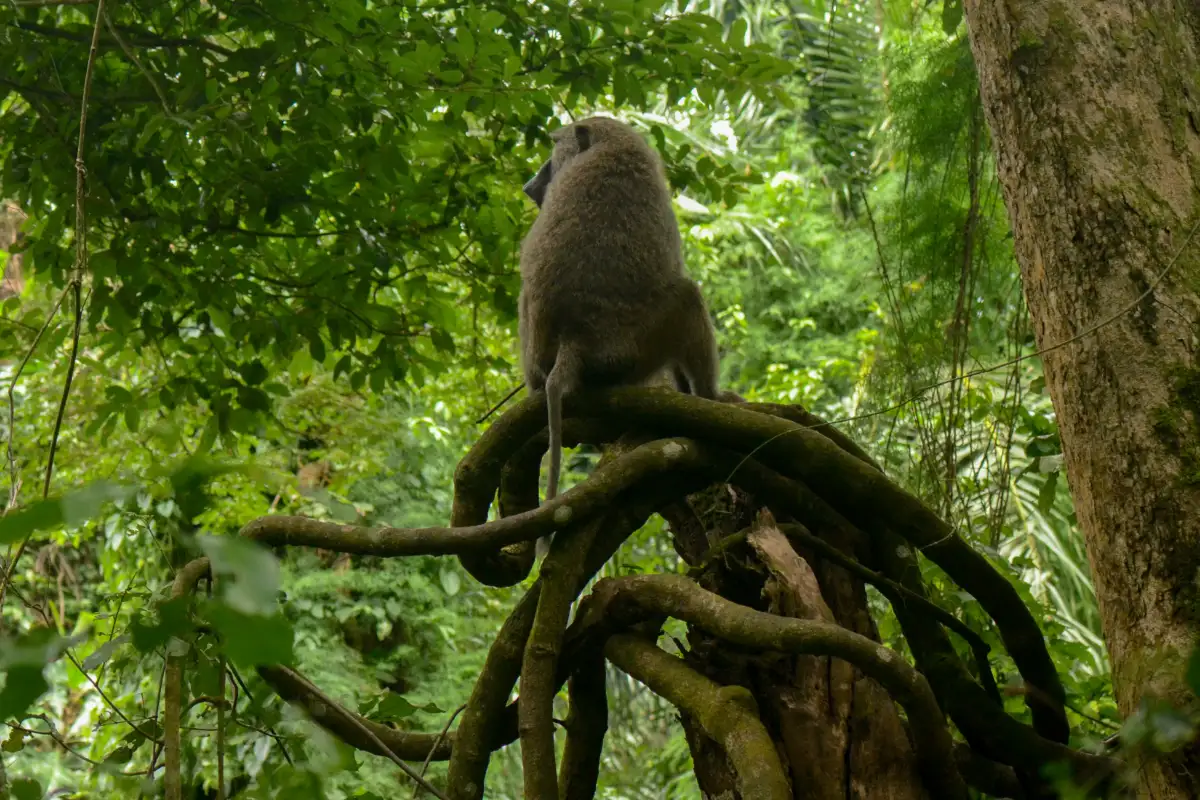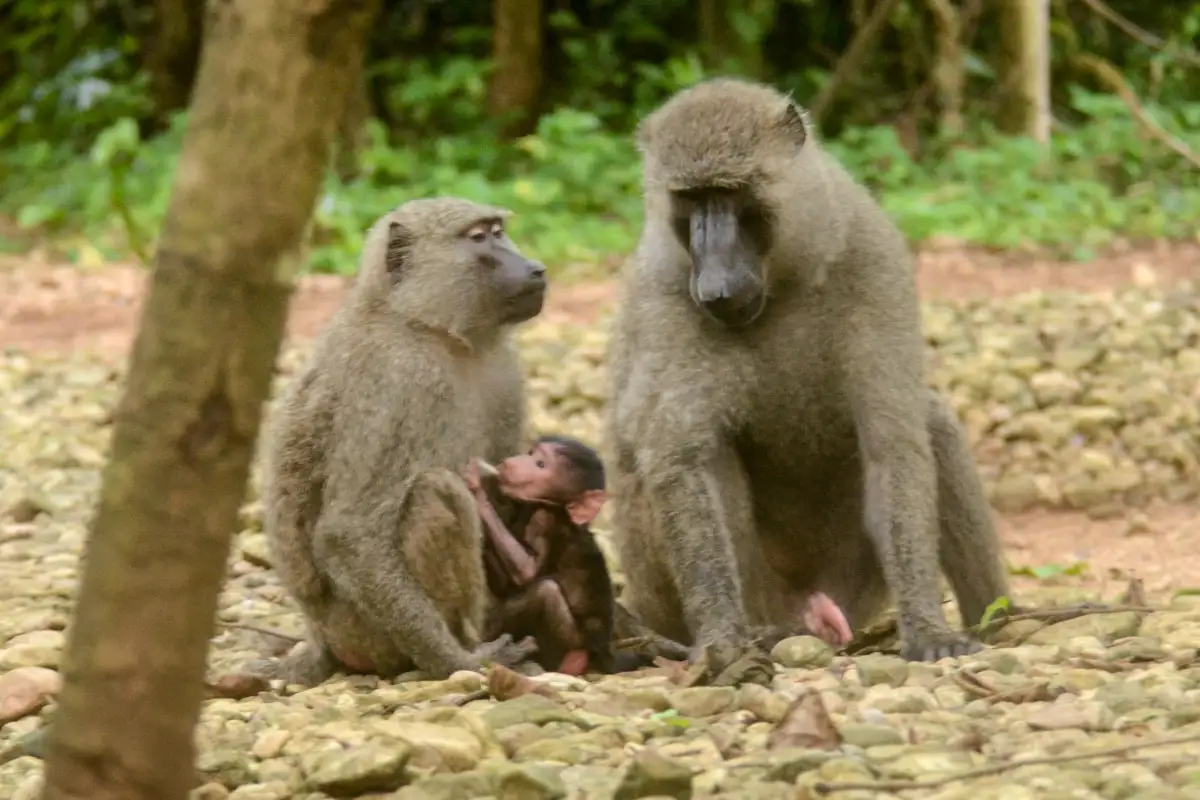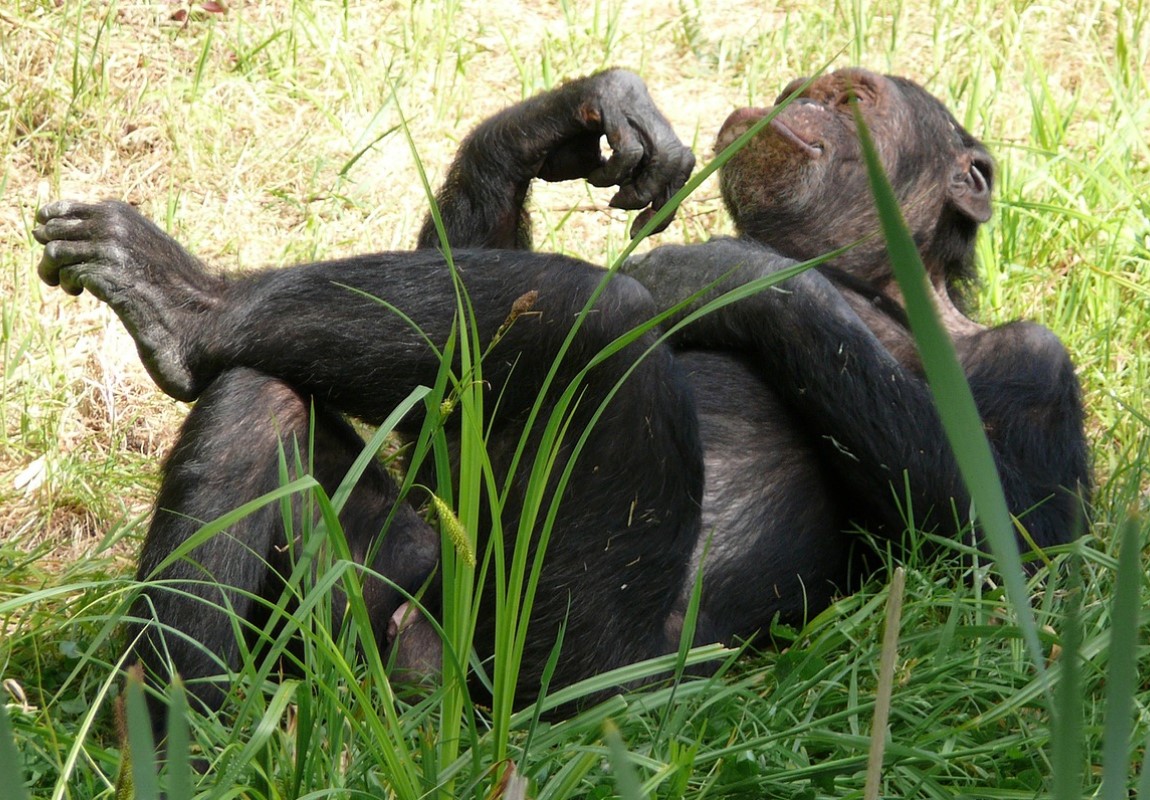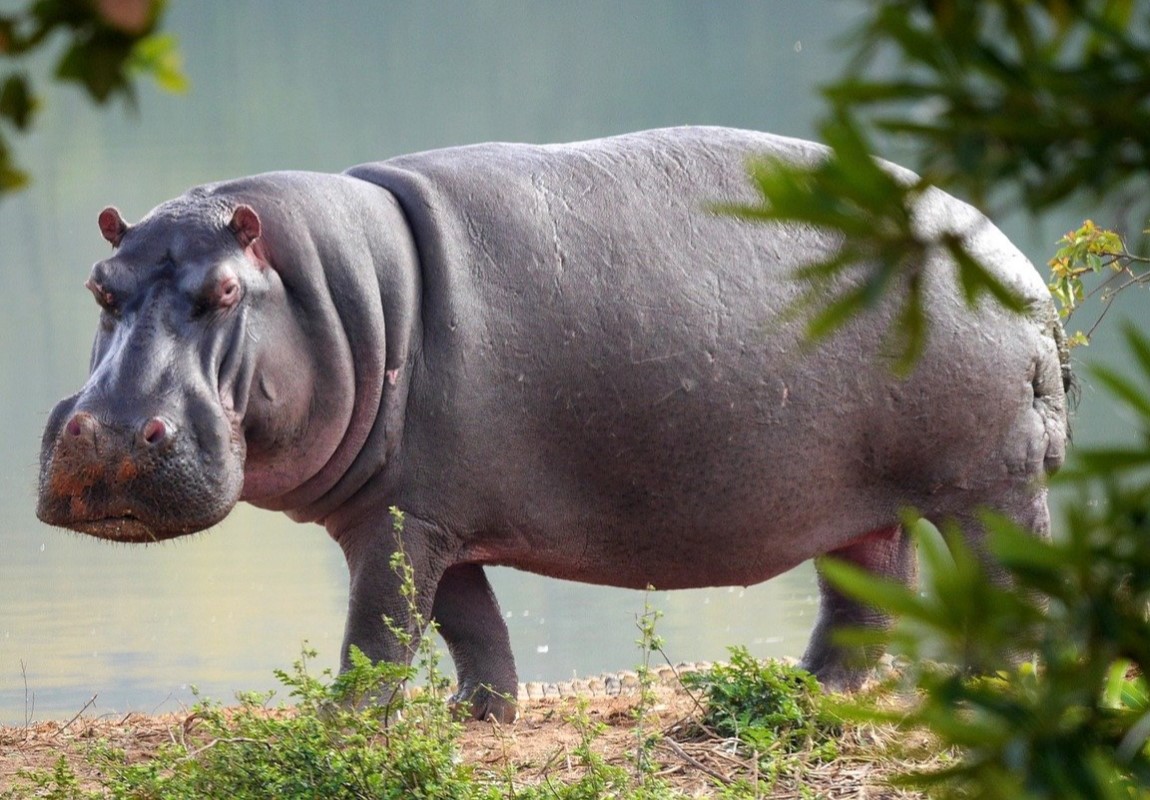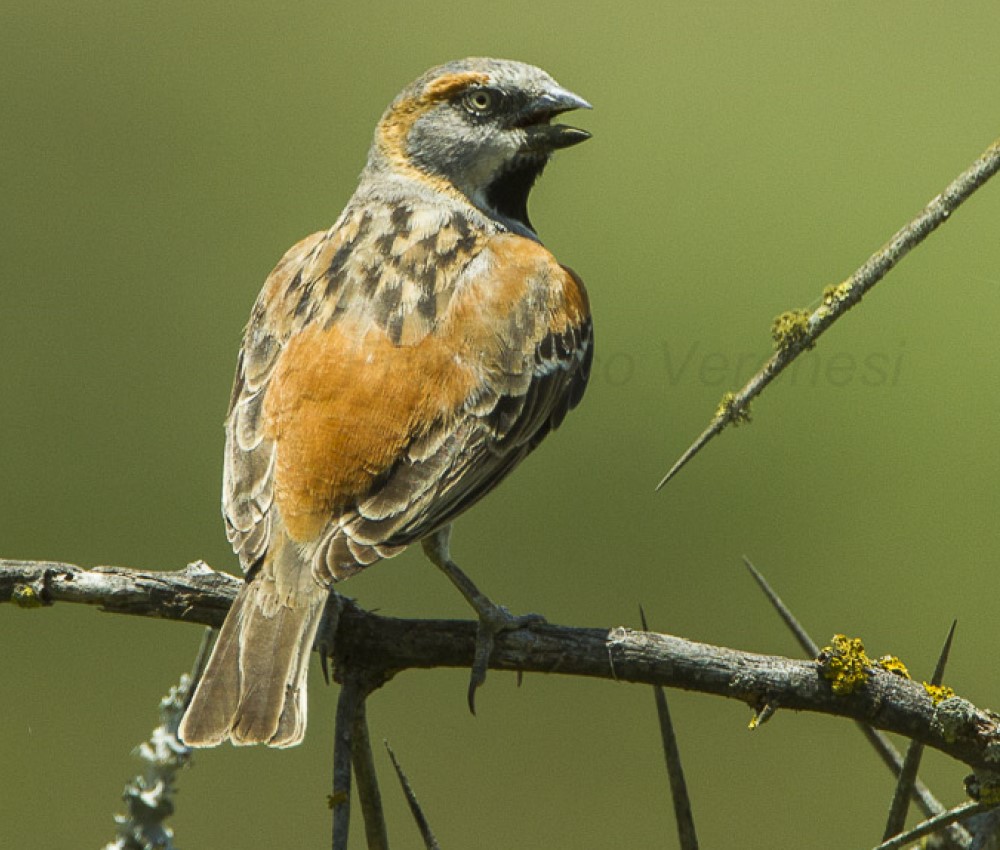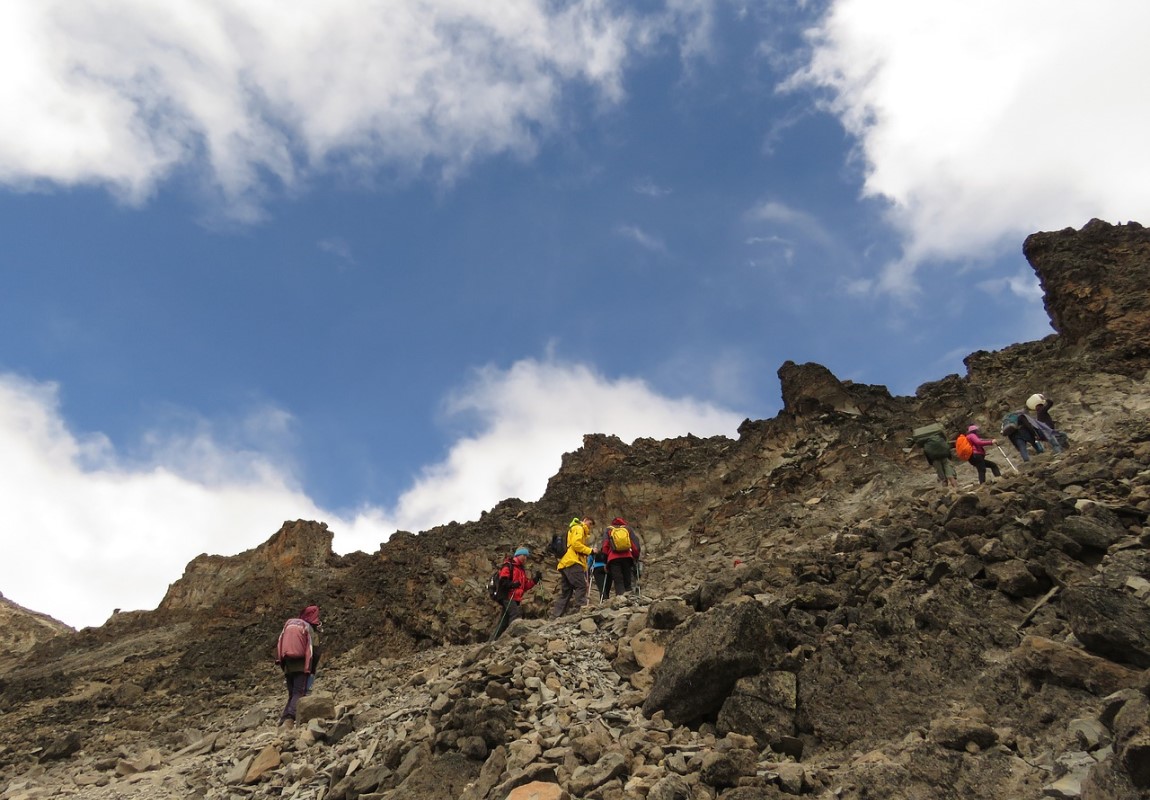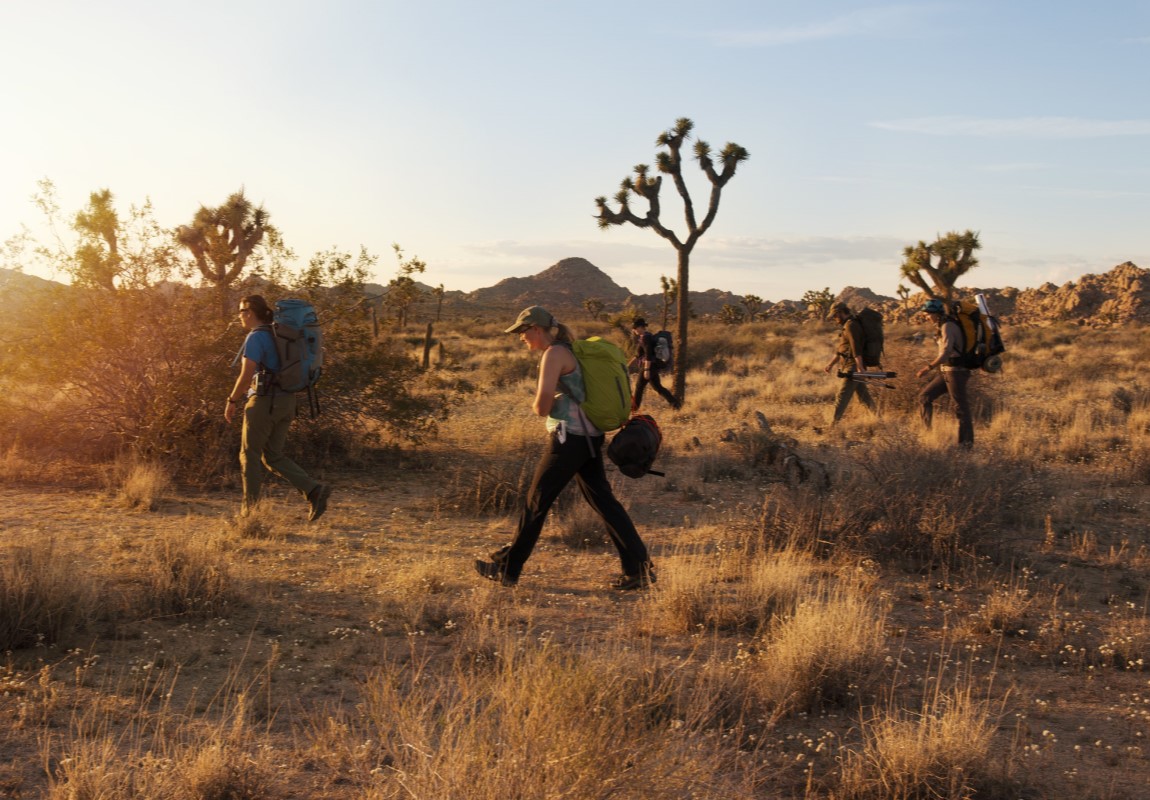Gombe National Park 
Starting from
$300PP
Overview
Gombe’s high levels of diversity make it an inexorably well-known tourist destination. Gombe is one of the smallest national parks in Tanzania, with just 13.5 square miles of secured land along the hills of the eastern shore of Lake Tanganyika. The landscape is recognized by steep valleys, and the vegetation ranges from grassland to woodland to tropical rainforest. Chimpanzees are the primary fascination point here.
Pros & Cons
- An opportunity to encounter chimpanzees very closely
- Flawless forest at the shore of Lake Tanganyika
- Watching wildlife on a climb is a decent change from vehicle safaris
- Extremely selective and not crowded
- Hard to get to and very limited options for accommodation
Map in Tanzania
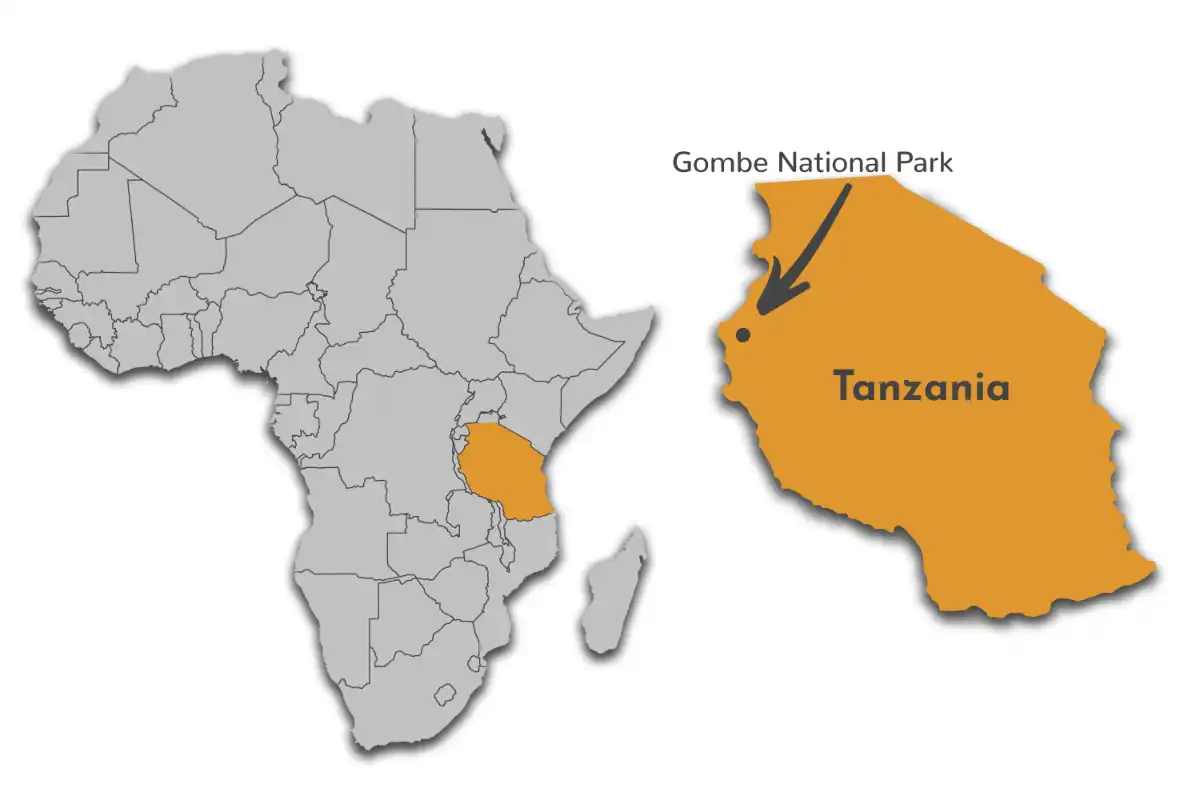
Want to Visit Gombe National Park?
Gallery Images
Explore the stunning beauty of Gombe National Park through our curated collection of photographs showcasing its landscapes, wildlife, and natural wonders.
Want to Visit Gombe National Park?
Wildlife & Animals
Gombe's significant levels of diversity make it an inexorably famous tourist destination. The primary attraction in Gombe Stream is its populace of acclimated chimpanzees. There are around 100 chimpanzees in the small park. Visitors to the park can travel into the forest to see the chimpanzees and notice them for 60 minutes, regardless of whether they're feeding, resting or walking. You can likewise do swimming and snorkelling in Lake Tanganyika with almost around 100 sorts of beautiful cichlid fish.
Wildlife Highlights
Apart from chimpanzees, primates inhabiting Gombe incorporate beachcomber olive baboons, red colobus, red-tailed monkeys, blue monkeys, and vervet monkeys. Red-tailed monkeys and blue monkeys have additionally been known to hybridize nearby. There are likewise numerous types of snakes, incidental hippopotami and leopards. One of the more clandestine occupants of the forest is the bushpig.
Best Time for Wildlife Viewing
The dry season from June to October is the best time to visit Gombe Stream National park because the chimpanzees don't wander far and stay close to the lakeshore. Because of this, visitors get a chance to take extraordinary photographs. The wet season begins from February to June and afterwards again happens from November to mid-December.
Want to Visit Gombe National Park?
Birds
Around 200 bird species are recorded in Gombe Stream national park. The vast majority of them are forest birds, which are very hard to spot. Especially since walking in the forest unguided isn't permitted and the guided walks are centred around chimpanzees. The lakeshore is a decent spot to see fish hawks and palm nut vultures roosted in the palm trees. Peter's twinspot, a typically tricky forest bird, is very easily and effortlessly seen in the camp. Migratory birds are available from November to April.
Best Time for Birding
Birding in Gombe Stream can be done around the year, however, the best time to do Birding is from November to April when migratory birds from Europe and northern Africa are available. As of now, numerous inhabitant bird species are nesting and are in breeding plumage. Birding can be difficult in wet seasons from March to April as forest trains are very slippery.
Want to Visit Gombe National Park?
Best Time to Visit – Gombe National Park
The dry season from June to October is the best time to visit Gombe Stream National park because the chimpanzees don't wander far and stay close to the lakeshore. Because of this, visitors get a chance to take extraordinary photographs. The wet season begins from February to June and afterwards again happens from November to mid-December.
May to October (Dry Season)
- Less vegetation and animals concentrate around water, making them easier to spot
- The skies are clear, rain is rare, and there are fewer mosquitoes
- Even though most tourists visit during the Dry season, the parks still feel uncrowded, except for the bustling Chobe riverfront area
- Early morning and evening drives are cold in June, July and August
November to April (Wet Season)
- The scenery is greener, and there are lower rates during this season
- Although wildlife is easier to spot in the Dry season, you'll still see plenty
- There are many newborn animals and migratory birds
- Except for January and February, rains seldom interfere with your trip
- During January and February, the rains can be continuous for days
- It gets very hot in October and November
- Some lodges and camps close down during part of the Wet season
Want to Visit Gombe National Park?
Activities
Explore popular activities available in and around Gombe National Park.
Want to Visit Gombe National Park?
No FAQs available for this park yet.

 English
English French
French